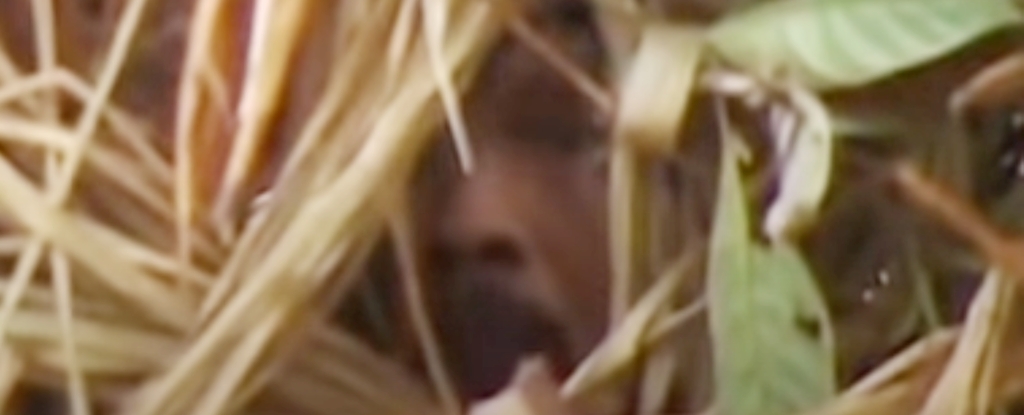Products You May Like
They found his body in a hammock, adorned by feathers, the last remaining member of his tribe.
For 26 years, nearly 9,500 days and nights, the man with no known name had neither spoken to nor touched a single other human.
He was known to the wider world as the “Man of the Hole” for the dozens of deep pits he dug on his land, likely for hunting, hiding, or ceremonial purposes, it is thought.
His home, an 8,000 hectare rainforest, stands like an island amidst a sea of encroaching farms and cattle ranches.
In his last years, he stood as a symbol of Indigenous resilience.
On 27 August 2022, officials at Brazil’s Indigenous Affairs Agency (Funai) announced the roughly 60-year-old man had died of what looked like natural causes.
“He symbolized both the appalling violence and cruelty inflicted on Indigenous peoples worldwide in the name of colonization and profit, but also their resistance,” says Fiona Watson, the research and advocacy director of Survival International, a global organization working to protect tribal peoples’ rights.
“We can only imagine what horrors he had witnessed in his life, and the loneliness of his existence after the rest of his tribe were killed, but he determinedly resisted all attempts at contact, and made clear he just wanted to be left alone.”
Starting in the 1970s, the Man of the Hole’s tribe became the target of a bloody massacre.
Their fertile slice of the western Brazilian Amazon rainforest, in the Tanaru Indigenous Territory in Rondônia state bordering Bolivia, is highly coveted by farmers, loggers, ranchers and miners.
Without proper government protection, his people were brutally poisoned and killed.
In the early 1990s, only seven tribe members remained, and six were slaughtered in 1995 by illegal miners. No one has ever been held responsible.
It took a year for Funai to realize the Man of the Hole was still alive, from which point they kept a close eye on him.
In 1998, access to his land was severely restricted by Brazilian officials in an attempt to protect him from further harm.
Nevertheless, in 2009, Funai found cartridge shells on his land as well as signs of damage to a Funai post where agents were occasionally stationed to protect the man.
After a few attempts at making contact, Funai ultimately decided to leave the man alone. He showed no signs of wanting a helping hand.
A bit of footage exists, but that’s it.
Now that the Man of the Hole is dead, organizations like Survival and OPI, the Observatory for the Human Rights of Uncontacted and Recently-Contacted Peoples, have demanded permanent protection of the Tanaru Indigenous Territory.
They want it to stand as a memorial to Indigenous genocide.
“If [Brazilian] President [Jair] Bolsonaro and his agribusiness allies get their way, this story will be repeated over and over again until all the country’s Indigenous peoples are wiped out,” says Watson.
“The Indigenous movement in Brazil, and Survival, will do everything possible to ensure that doesn’t happen.”
Today, Brazil’s original inhabitants are in serious trouble.
In 2020, the nation saw a 61 percent increase in Indigenous murders from the year before, reaching 182 homicides.
Brazil’s constitution grants indigenous peoples the right to their traditional land, and a protection order has been in place for the Tanaru Indigenous Territory since the late 1990s. But Funai has only federally recognized a limited number of these isolated groups. The rest don’t receive government protection.
Since taking office in 2019, media reports indicate that President Bolsonaro supports the destruction of the Amazon rainforest for profit.
Satellite monitoring actually shows that deforestation in the Amazon has increased with the rise of such rhetoric, and some are worried that the ecosystem will collapse completely if Bolsonaro maintains power.
Who can say what will become of the Tanaru Indigenous Territory now that the Man of the Hole is no more.
